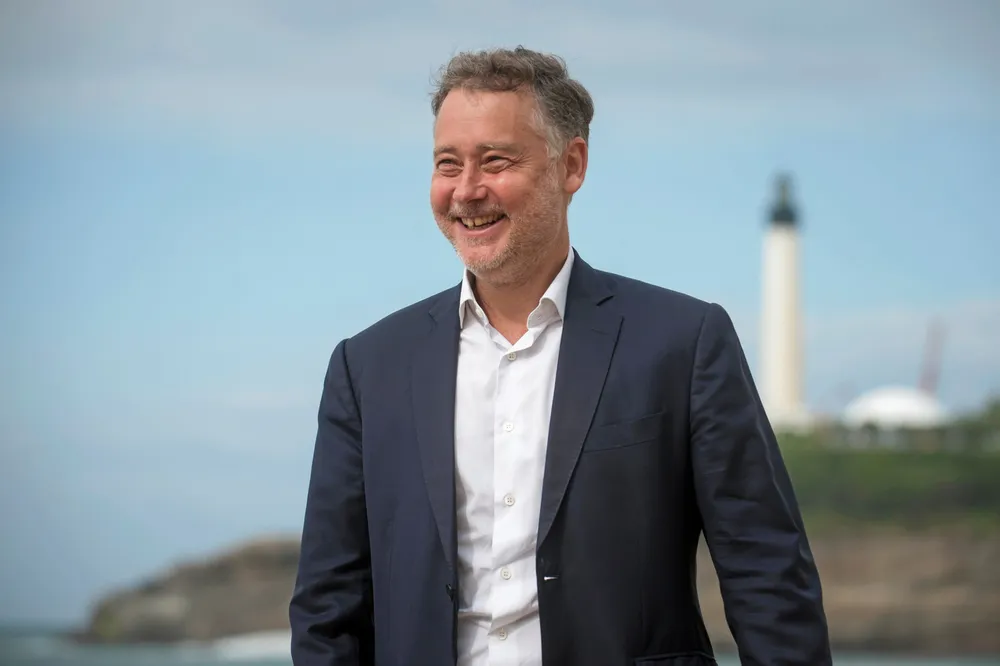'Shaping the hydrogen industry': Hy24 targeting upstream and downstream opportunities
Hy24 is closing in on achieving its goal for its initial fund of €1.5 billion, which it claims will make it the market’s largest clean hydrogen infrastructure manager
